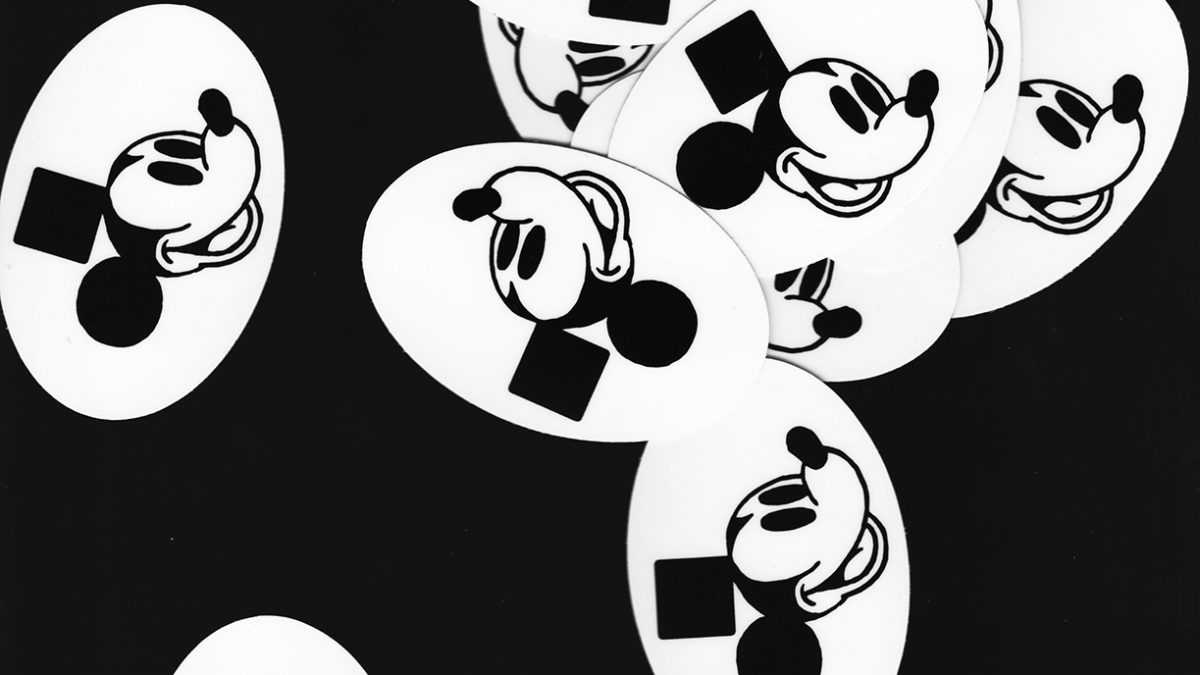
ALESSIO D’ELLENA
Alessio D’Ellena (1985, Marino, Rome) is an Italian type and graphic designer who lives and works in Milan. In 2017 he founded SUPERNESS together with Federico Antonini, with whom he deals with research and design of typefaces and book design, investigating the procedural and systematic possibilities.
Involved in different fields, such as typography and creative direction, Alessio doesn’t follow a rigid design process, but is often guided by curiosity, which leads him to explore and investigate different work themes.
He also deals with educational preparation through courses and workshops that are not strictly orthodox: the emphasis is often on the process rather than on the output (Ied Torino, Bauer Milano, Aba Urbino, Naba Milano). We had the opportunity to have a conversation with Alessio and we investigated his path, also talking about teaching and the state of the art in the world of design.
His interest in graphics and fonts began at the Sapienza University of Rome, during the Industrial Design course. During the second year he undertook a personal study on typography which would bring him closer to Giovanni Lussu, with whom he would elaborate the three-year thesis by designing a sans serif typeface.
Then he continued his studies at the ISIA in Urbino, where he met Luciano Perondi, another key figure in his career. Together with him, Alessio would bring a research on mathematical and parametric typography as a thesis, in which he discussed the close interdependence between characters and computer science – for example how to have digital supports that help design characters. Digital tools that are often intertwined with studies that lead to Artificial Intelligence. After a brief experience with the SPECTACLE studio in Rome, founded together with some friends (former students of the ISIA of Urbino – Luigi Amato, Federico Antonini and Francesco Piarulli), and a couple of years of collaboration with Erasmo Ciufo, of Lettergram, he started again his studies with the TypeMedia course in Den Haag (The Hague). An intensive course and an academic method which stimulated and tested Alessio at the same time. On this occasion the thesis project was “Laica” font family.
The font was born from a clash of points of view: to make it simple, Alessio had started a study of contrast based on the interweaving of the outlines of a letter. For him it was a derivation given by the vector line, for the Academy it was a question of relationships between calligraphic elements. Conclusion? After further elaborations, Alessio’s final proposal won the TDC “Certificate of Typographic Excellence” for Laica type-family in New York in 2017. He then decided to release the font and after 4 years he finally succeeded in the goal together with Dinamo ABC, which officially releases the first serif family font.
C
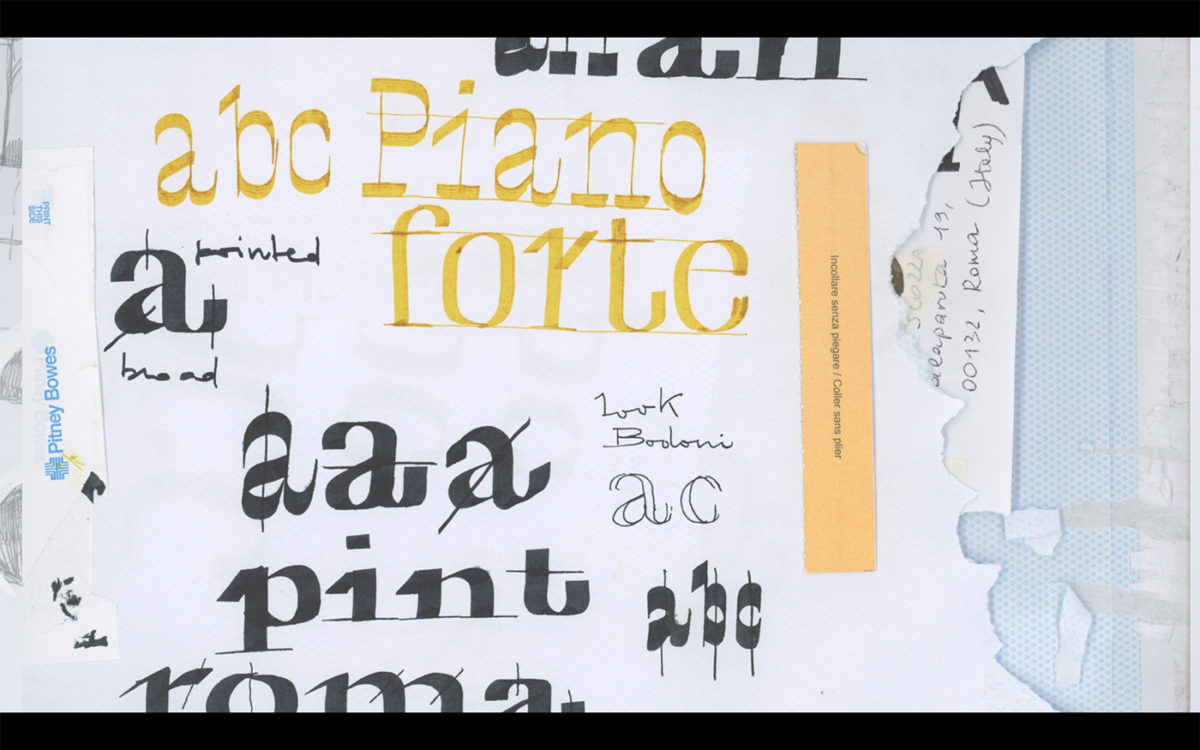
Sketch for Laica 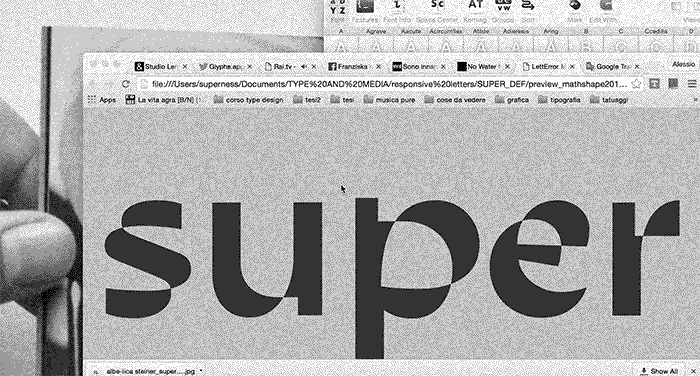
Concept Study before Laica 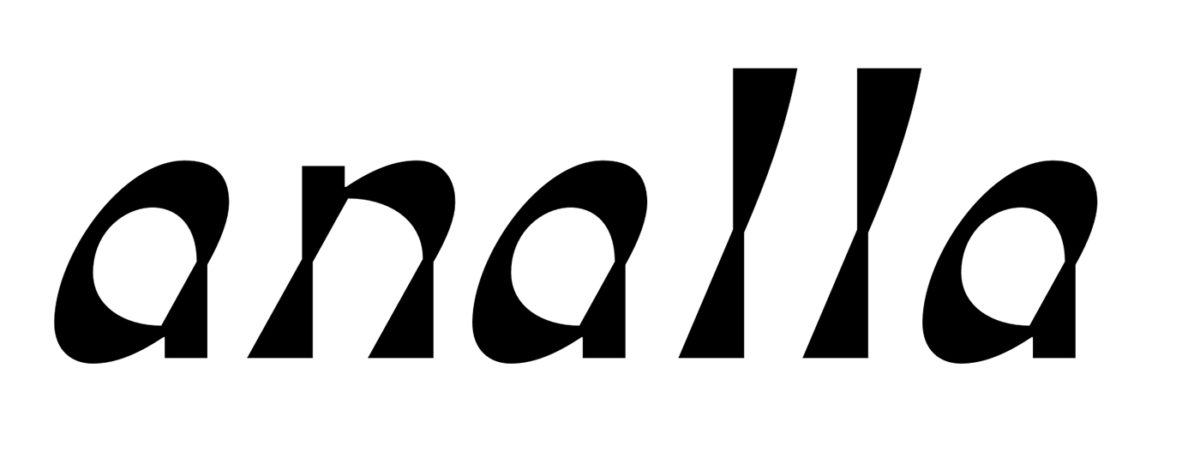
Concept Study before Laica 
Concept Study before Laica 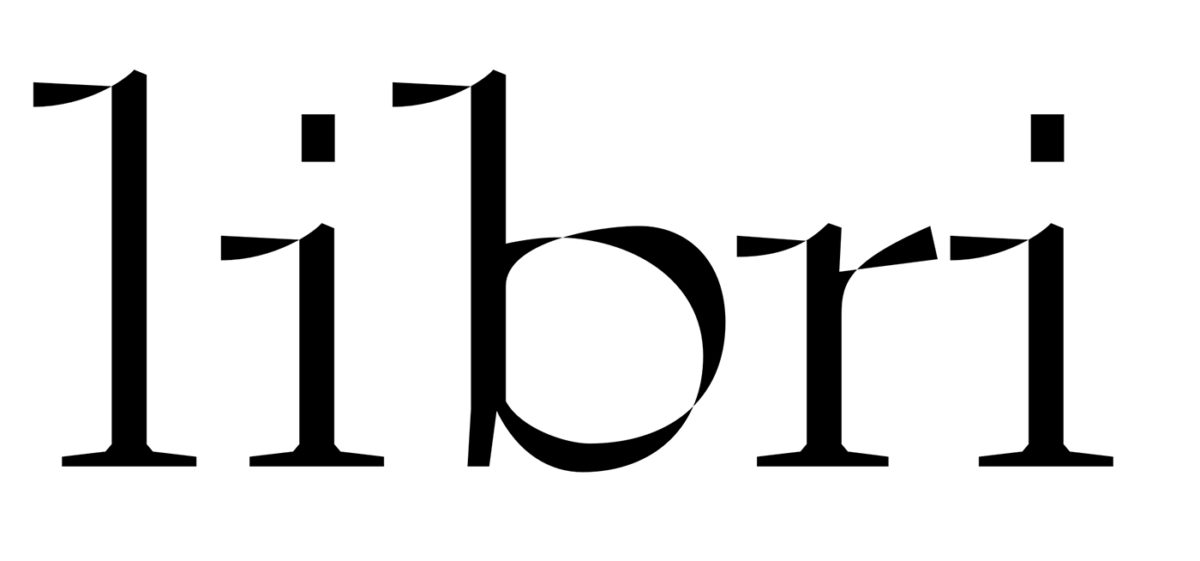
Concept Study before Laica 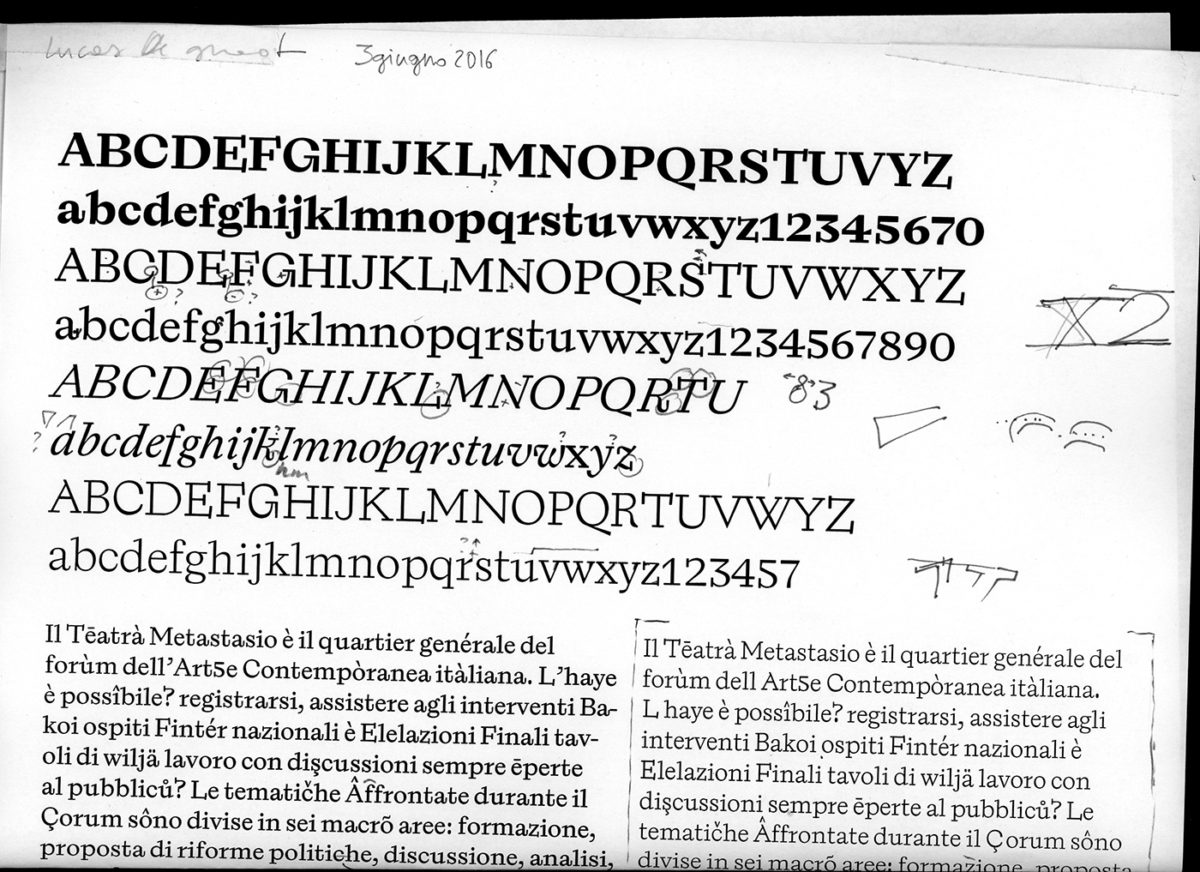
Laica Process 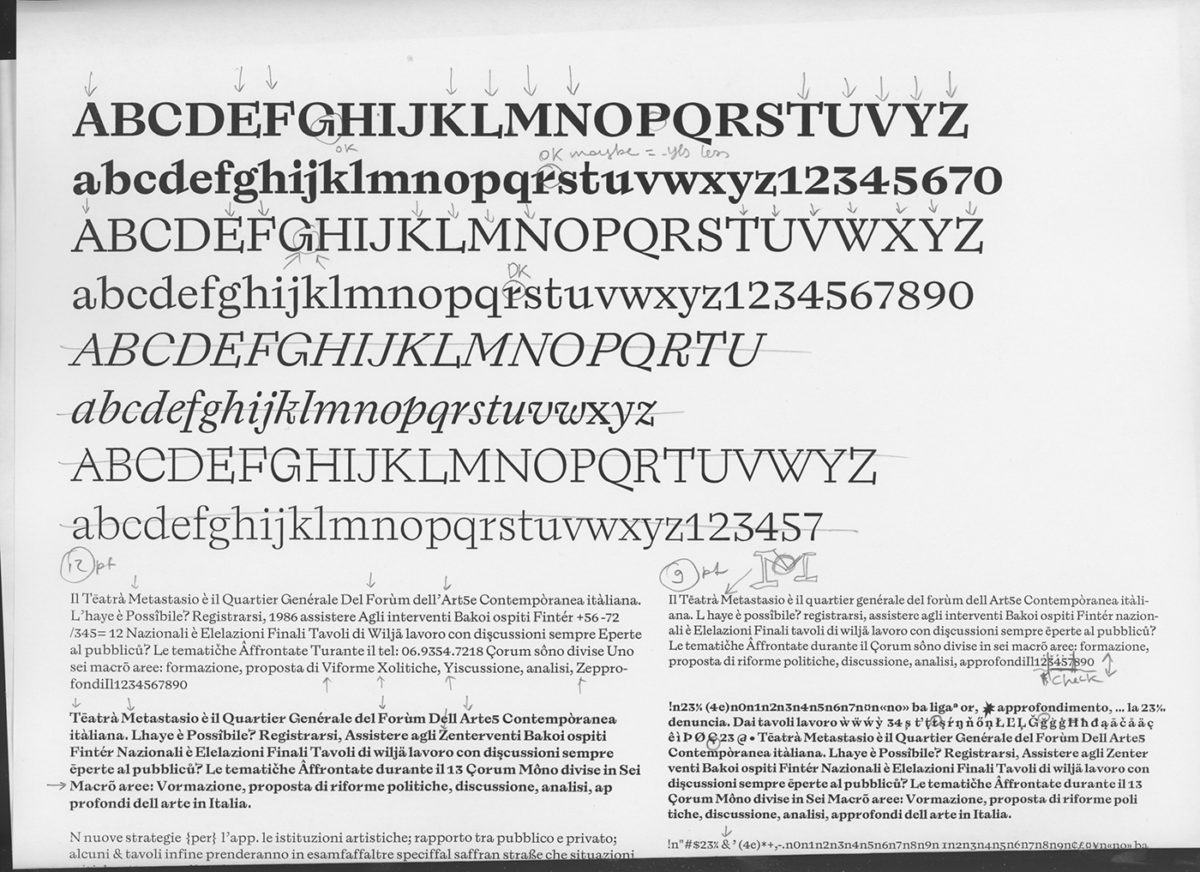
Laica Process 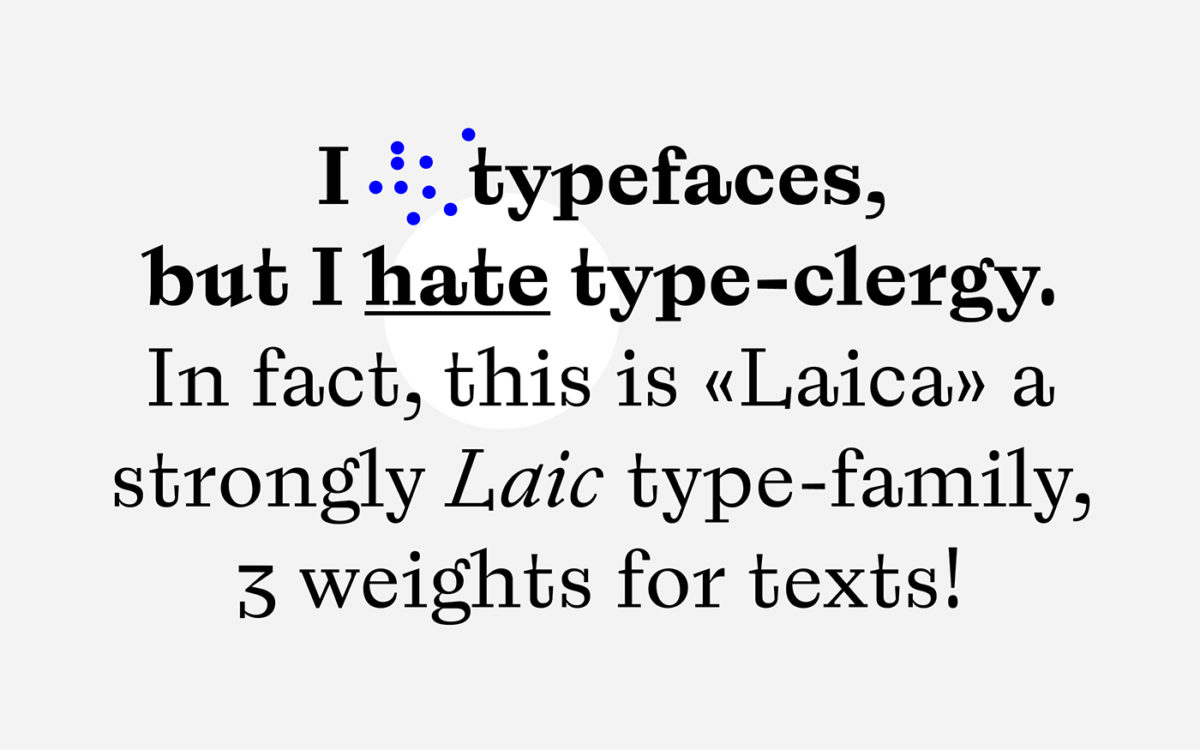
Laica 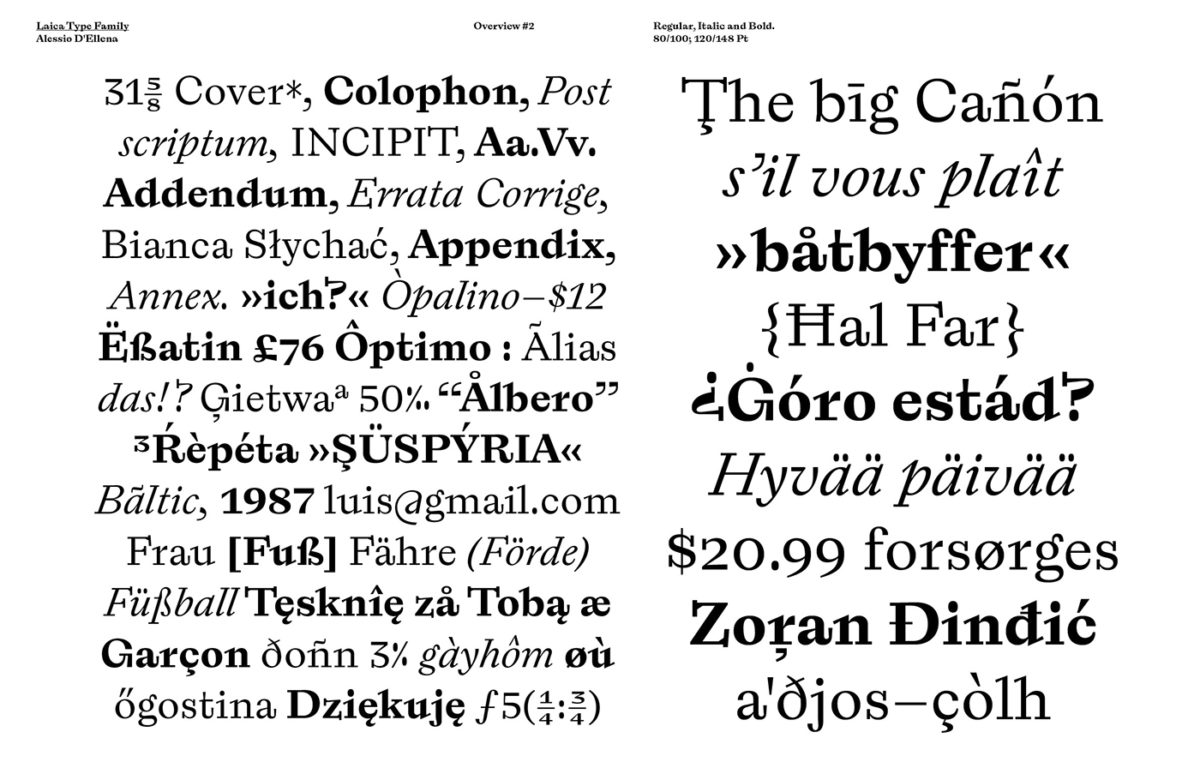
Laica “in use”
C
Alessio is interested in the processes of Type Design (and of Design itself) as a non-dogmatic practice: he sees characters, rules, tools, not only as a system, but also as a possibility to create his own point of view, trying, daring. This happens in his studio, but also in the workshops and courses he holds as a teacher:
“In the end there is not a main road, each student should have the possibility of a personal margin of investigation. To do what he likes. The reference to dogmaticity is that in type design everyone believes there are “rules”. Speaking of rules is misleading and perhaps wrong… If a character is a system, therefore you have to design the system itself: you have to make the rules yourself. Undoubtedly, you have to know history and what is happening, the practices, the printing and production techniques, the methods, the tools. When all these elements are present, there is no rule. The rule is “What are your methods, your practices, how did you develop them?” Together with Federico Antonini we always think about how rather than what. “
He has the same approach for teaching: no to pre-set slides or to repetitions of the program. There is some information that must be communicated to the student, but it doesn’t necessarily come in the same order as the previous laboratory. Teaching shouldn’t be the transmission of notions from teacher to student – unfortunately a widespread practice – but a dialogue:
Teaching is like designing, I always try to do new things. I find it difficult to imagine teaching only as an organization of information to be transmitted, I find myself more comfortable thinking of it as a dialectical relationship. I try not to tell the student what to do, which rules to follow, but I start a dialogue in order to orient and systematize one’s path. Maybe you don’t get 100% of the result, you don’t completely reach the goal, but undoubtedly you learn more, both him and me.
Here the non-dogmatic nature of the practice returns: it is not necessarily a linear and universal process but an exploration that is always mediated by one’s own attitudes and working methods. Starting from a concept, a brief, a process, there are many ways to move forward with a project. I find it hard to put the didactic-design discourse in terms of right vs. wrong. We think that failing / not finishing a project / a goal is still a result. Making a project that doesn’t lead to the extreme consequences of what you were doing is a result. Not finishing a thing is the result, as much as doing it. “
For Alessio, the main tool of design is dialogue, exploration, investigation: the process itself becomes a device that evolves according to the project and that can lead to a thousand different conclusions, depending on the designer. The project is not just the goal, but the method with which to create your own point of view, your own tool for facing future works. This is a fundamental aspect that the student must understand, design does not mean delivering the perfect project. It means questioning a series of constructs and limits in order to find one of the many possible solutions that satisfies the client, and at the same time helps him understand something more of the context in which he is operating.
“For me the educational environment doesn’t have to make you sure of yourself, a design course is not a personal branding or life coaching course. Rather, it must make it clear that there will always be many things you don’t know. By now all paths are professionalizing, you must always be sure of yourself. Even if you don’t know, you pretend to know. I always try to avoid an approach linked to the ostentation of self-confidence. There is a need to inquire and know, for oneself. You have to be like sponges. Listen and understand how to get information from your client (if it’s a commercial job). Not just briefs. As a designer, as a role, you have to admit failure, the step backwards, the honesty of not knowing. An honest starting point to better understand your own design practice. “
We find ourselves in a condition where creative work is mainly based on age and competence: someone who has been doing the same job for 50 years has more experience than someone who has been doing it for 10. However, the educational and cultural context changes. Given the periodic updates for the job, we could also create some for cultural and social aspects. For Alessio we should put education back at the center, not the binary of right-wrong, but the idea of being able to change one’s opinion, depart from the main road, make mistakes. We are now used to living design and graphics as super competitive disciplines, in an environment (the one of Milan) of hyper work. Results must be achieved and failure is not contemplated, not only in design, but in almost all disciplines. If we think about it, however, often making mistakes leads to new discoveries, new innovations, new points of view.
To conclude, starting from Alessio’s non-dogmatic method, we found an interesting point of view that puts dialogue at the center of the project. There are no rules to follow and not even a preset path. The primary goal is to know more, acquire more skills in order to face a challenge. The result is not important, but the way and the practices with which we managed to arrive at that particular project.
As designers and planners, we have to question rules, prejudices and modus operandi, trying to go beyond the construct of “wrong”. We must design for ourselves, in order to better understand the environment around us and create our own point of view on what is happening in the world.
c
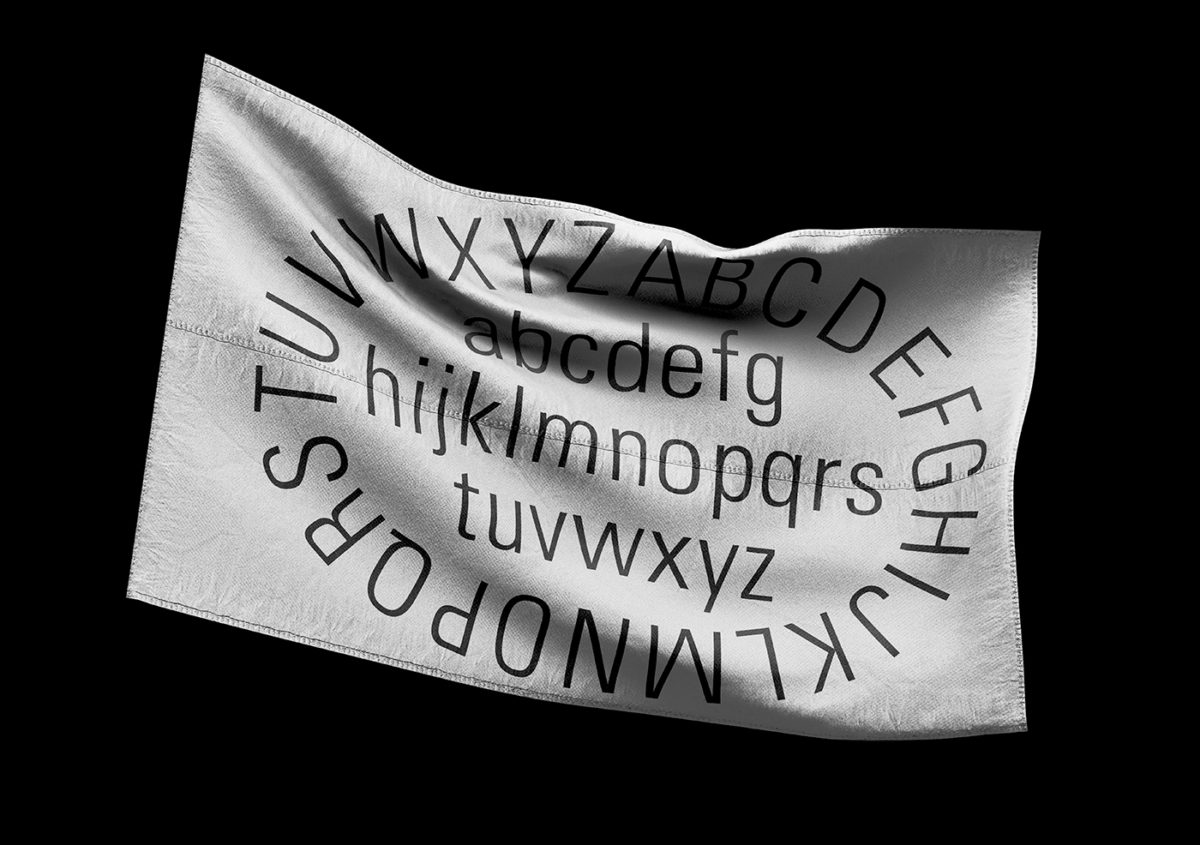
Westopia – Process 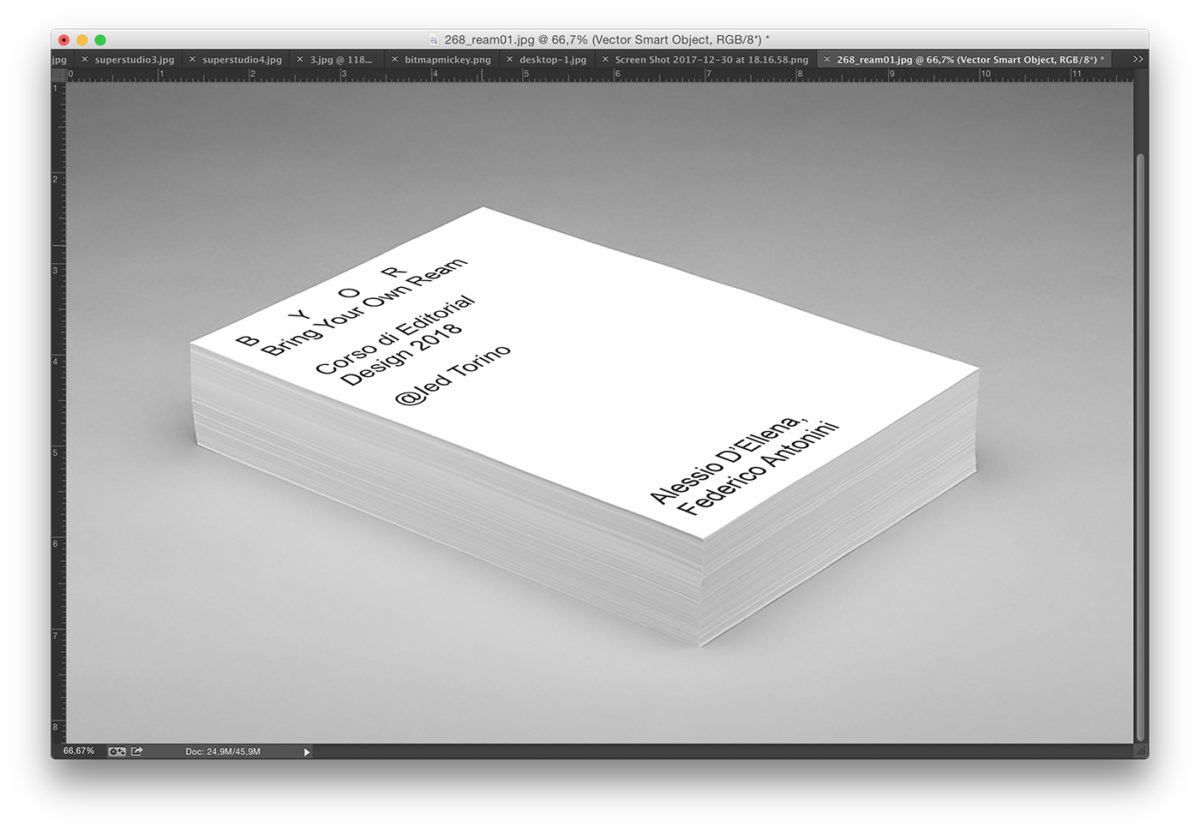
SUPERNESS workshop at IED 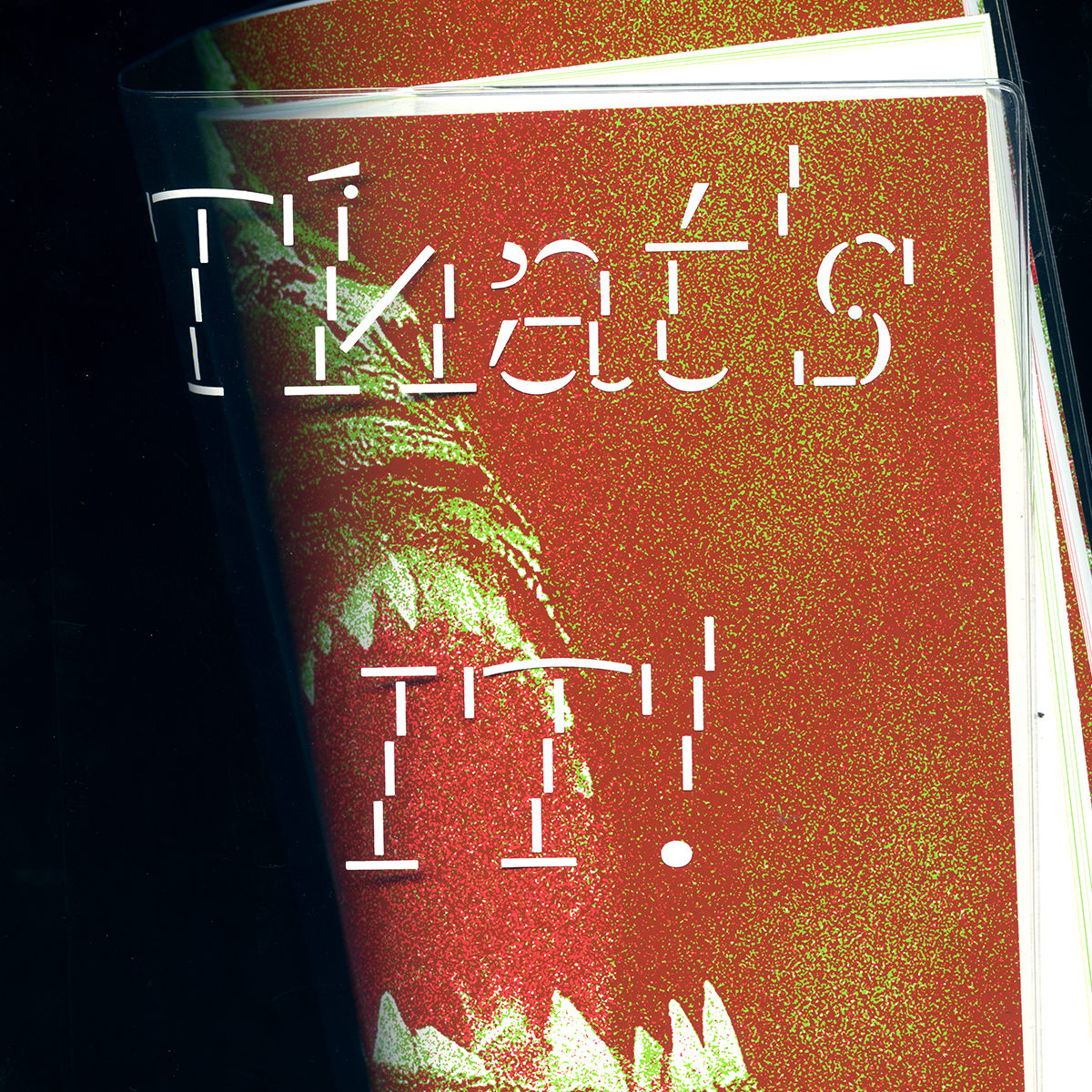
Font for “That’s IT” exhibition, MAMbo 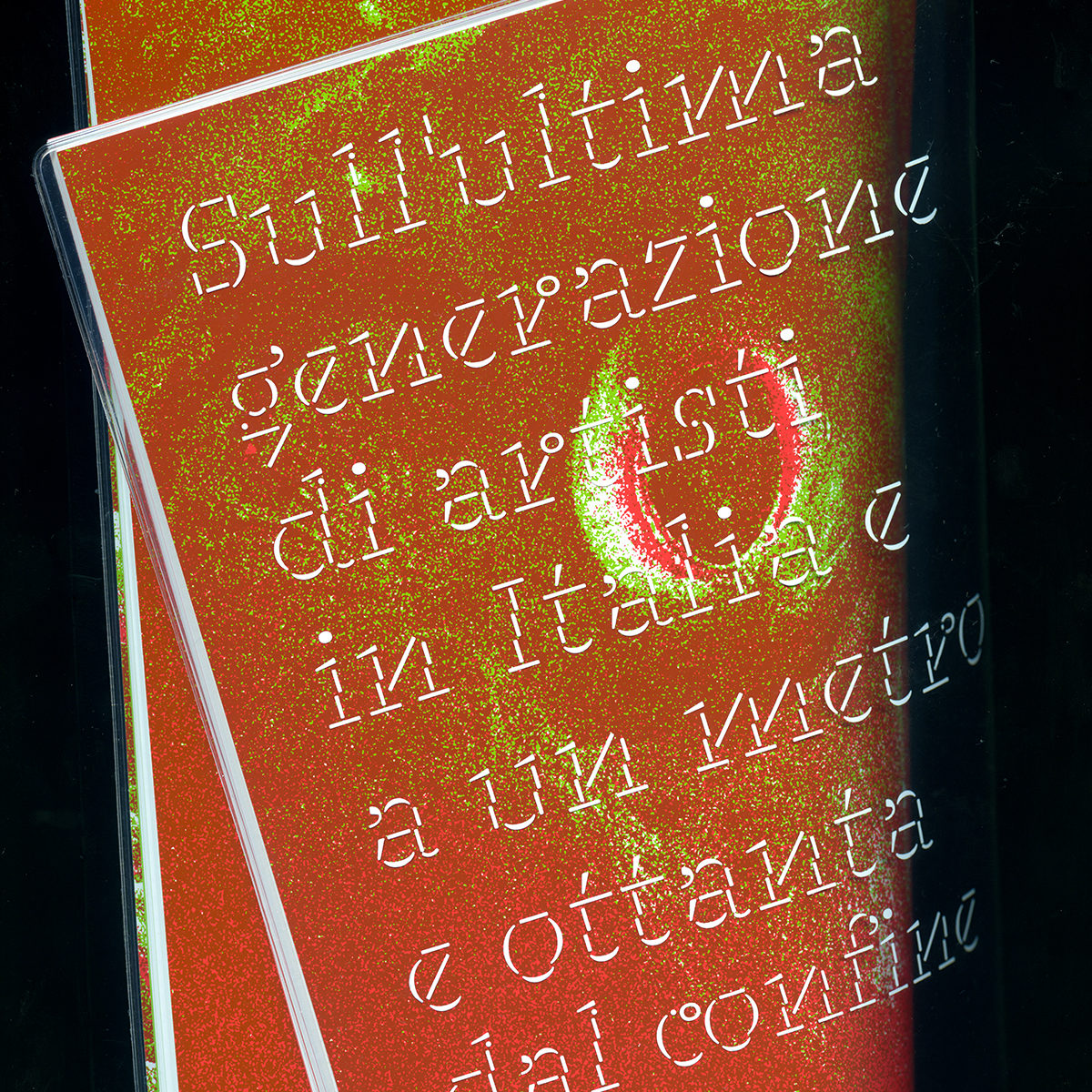
Font for “That’s IT” exhibition, MAMbo 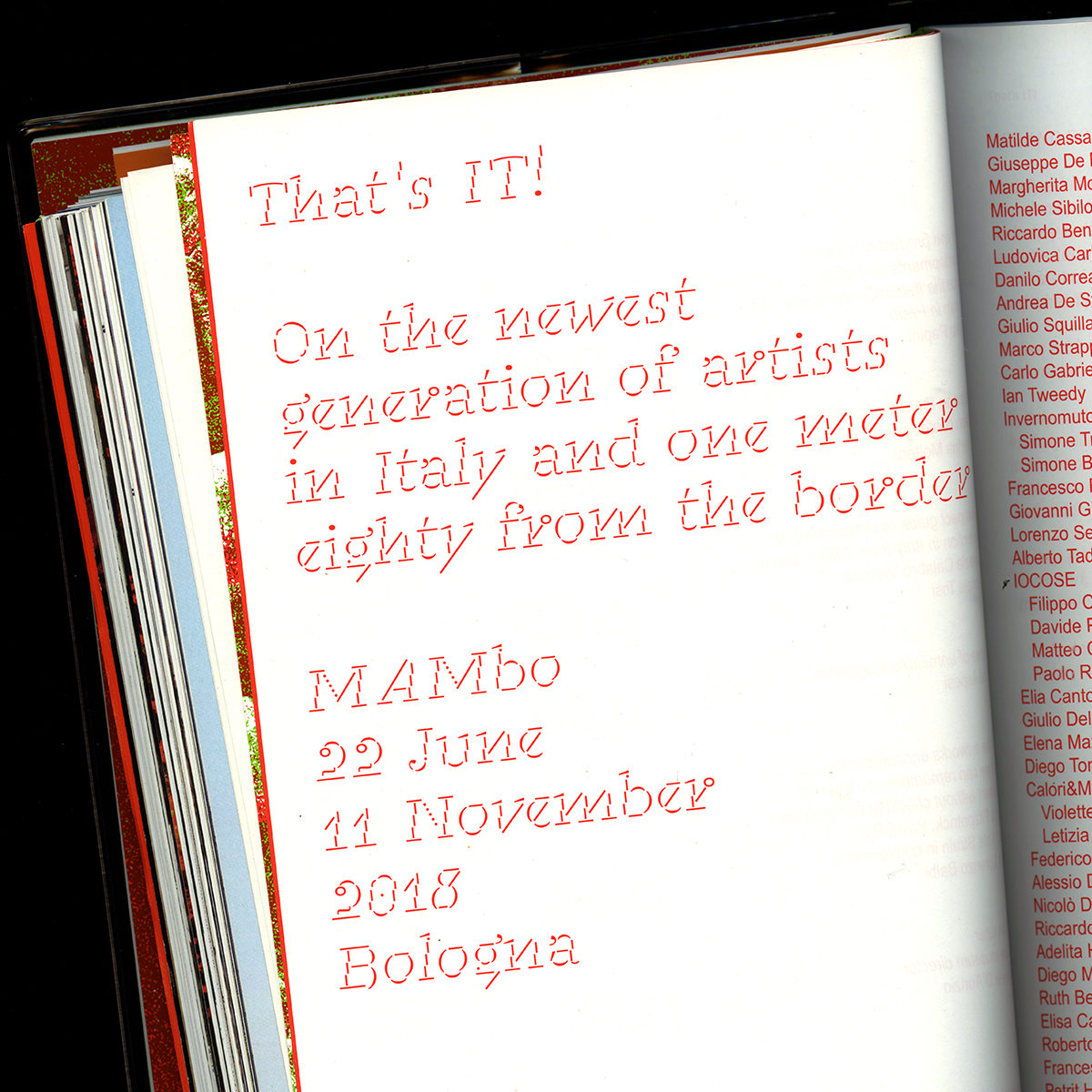
Font for “That’s IT” exhibition, MAMbo 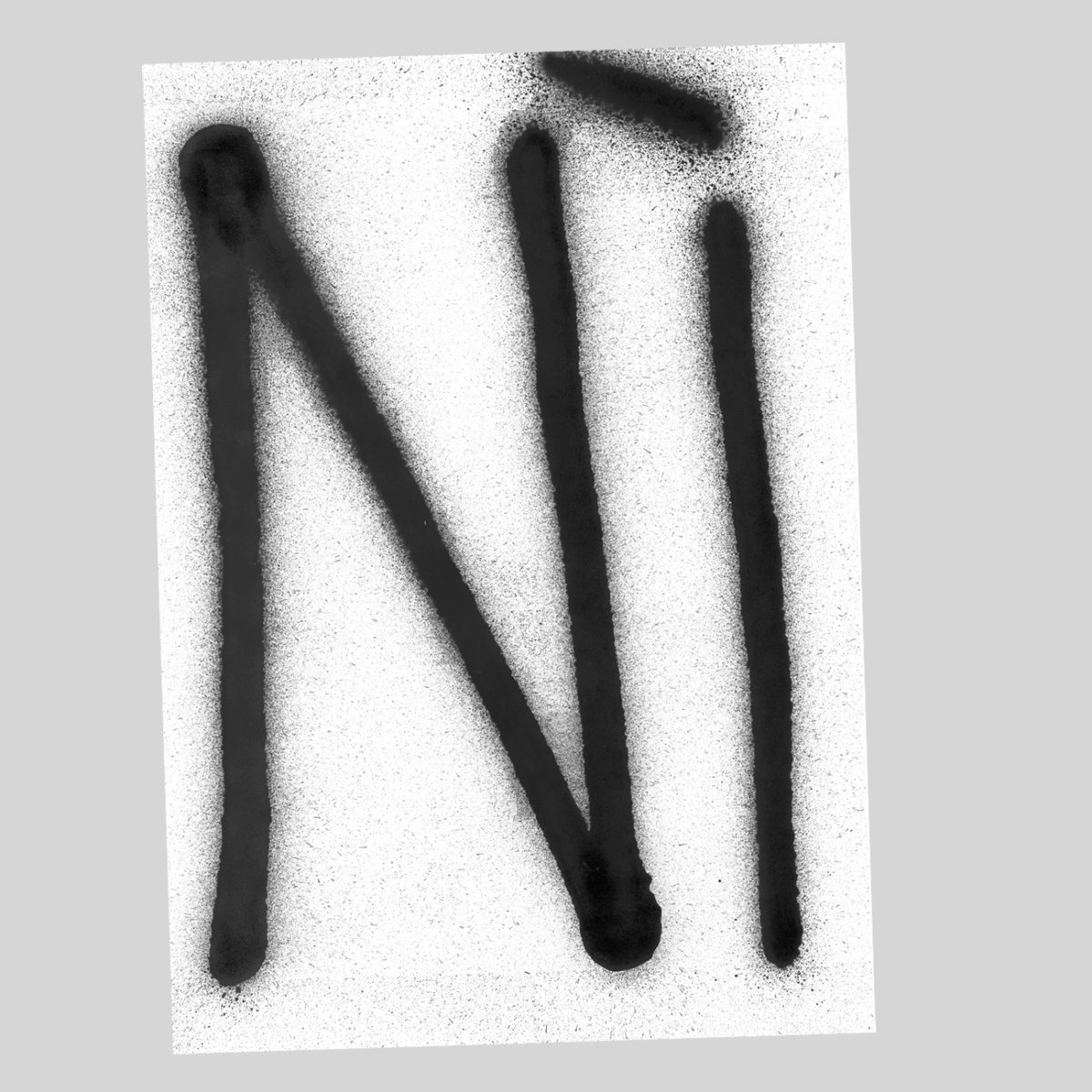
SUPERNESS’ motto 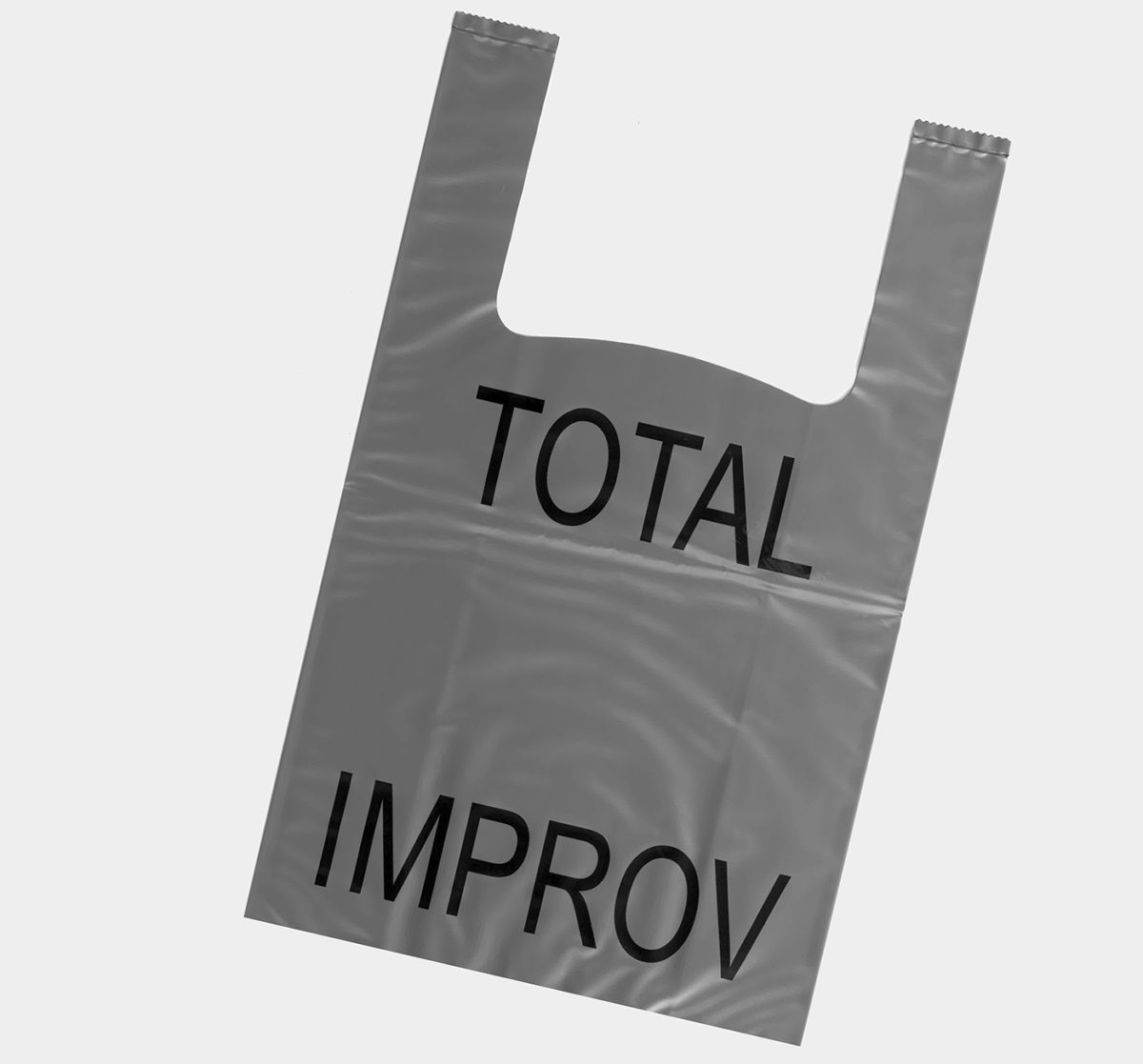
SUPERNESS’ motto 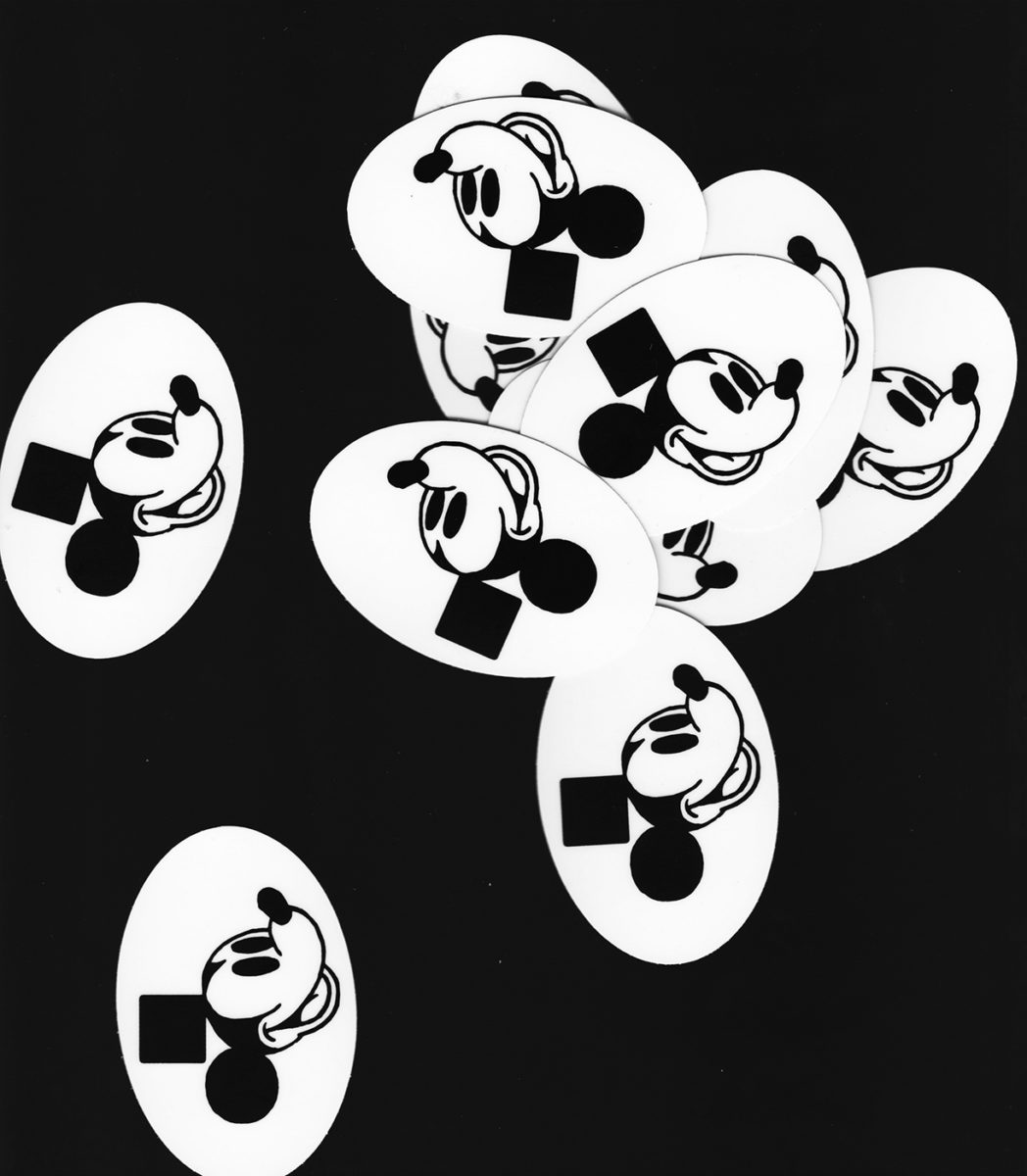
SUPERNESS’ stickers 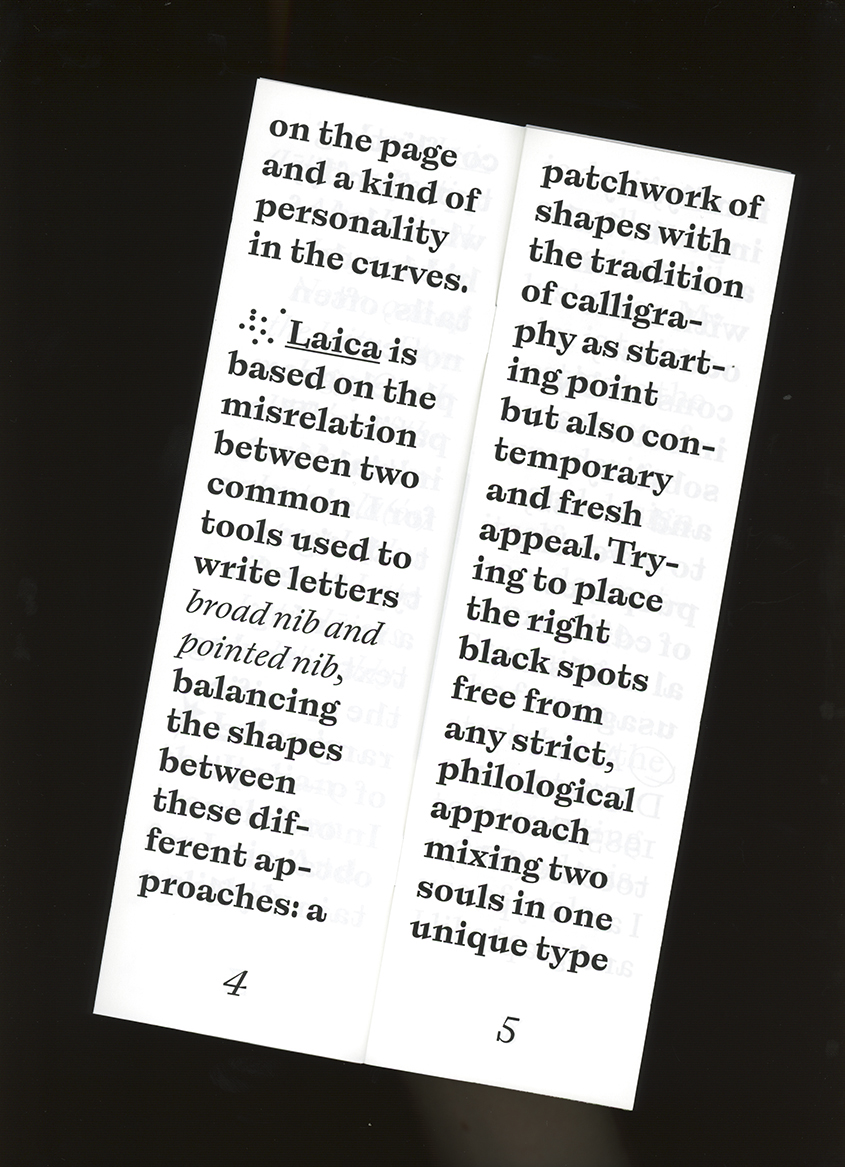
Laica Handouts 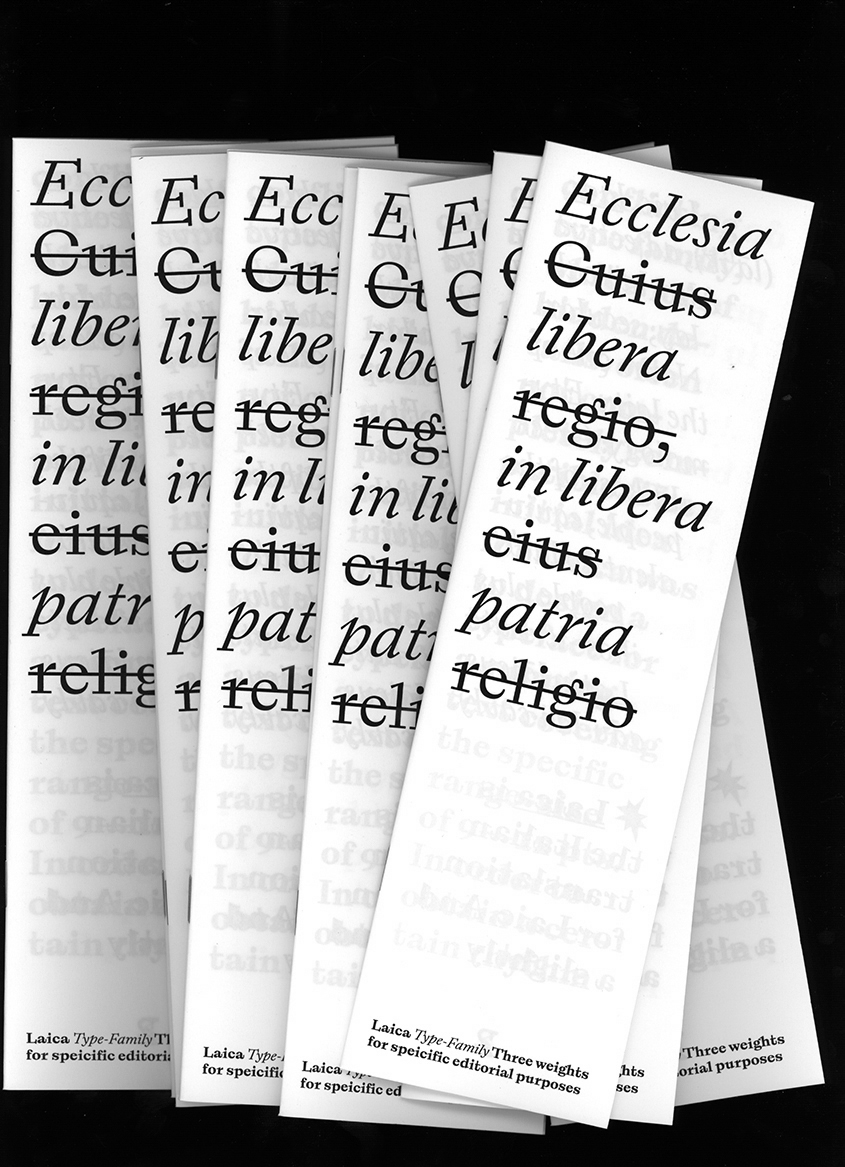
Laica Handouts 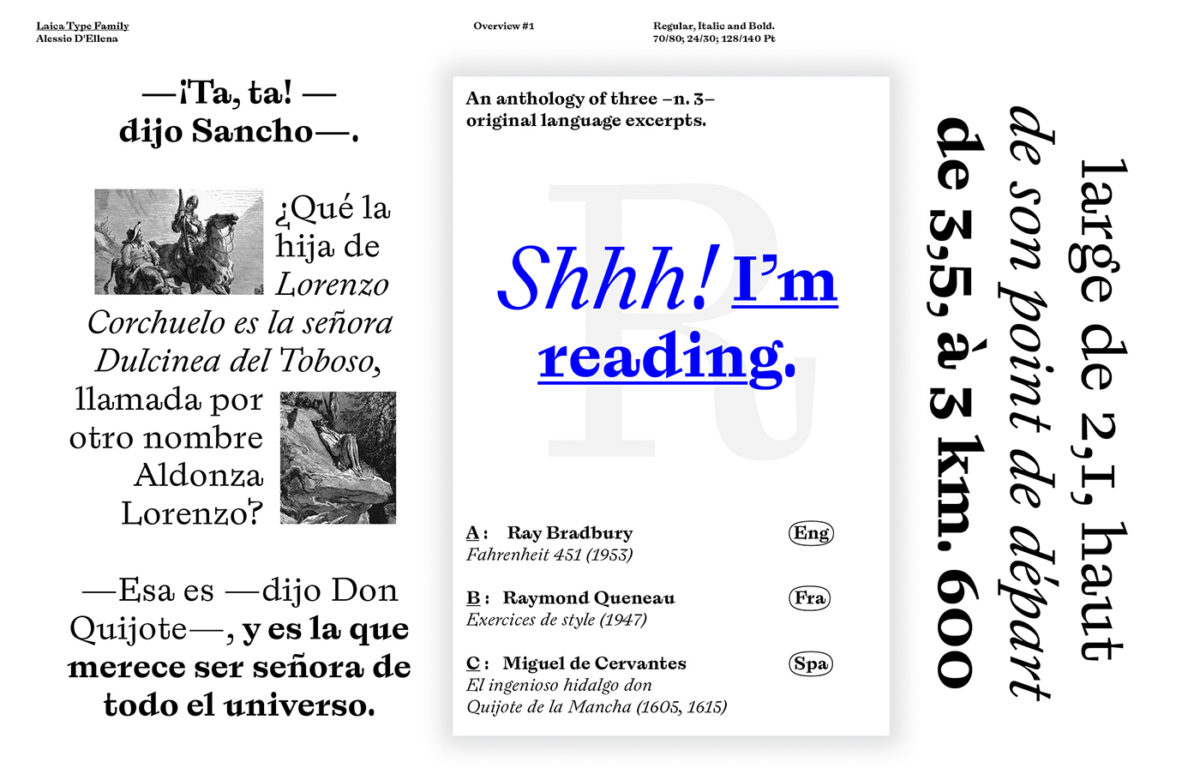
Laica “in use” 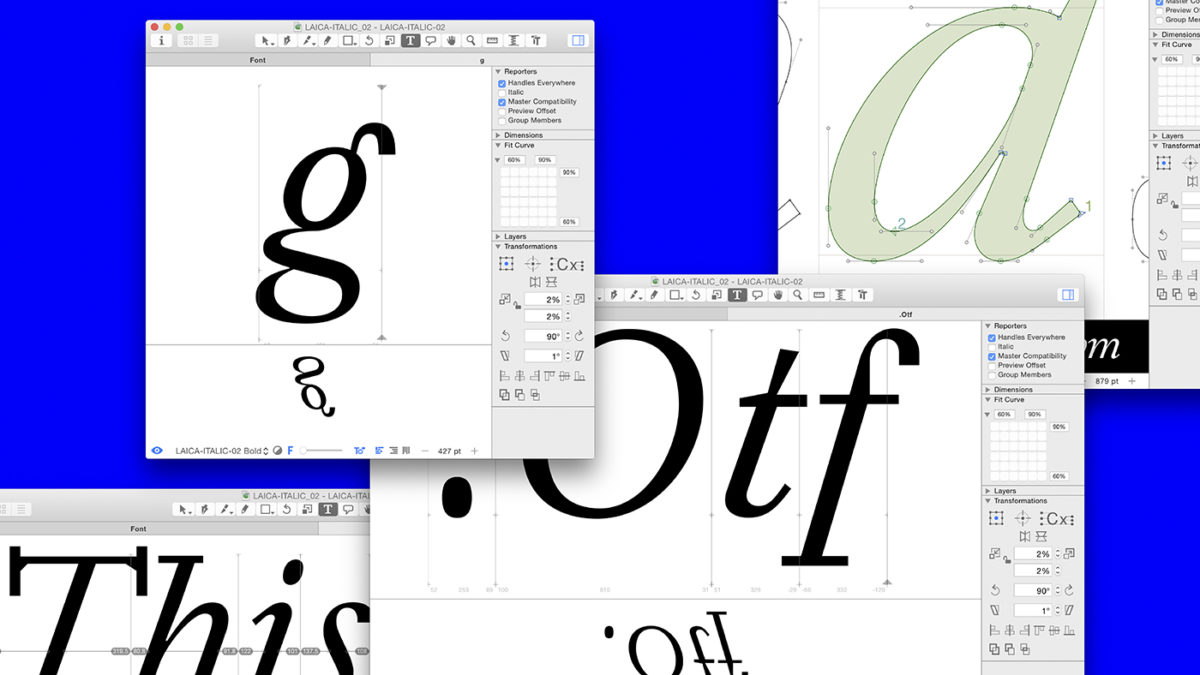
Laica 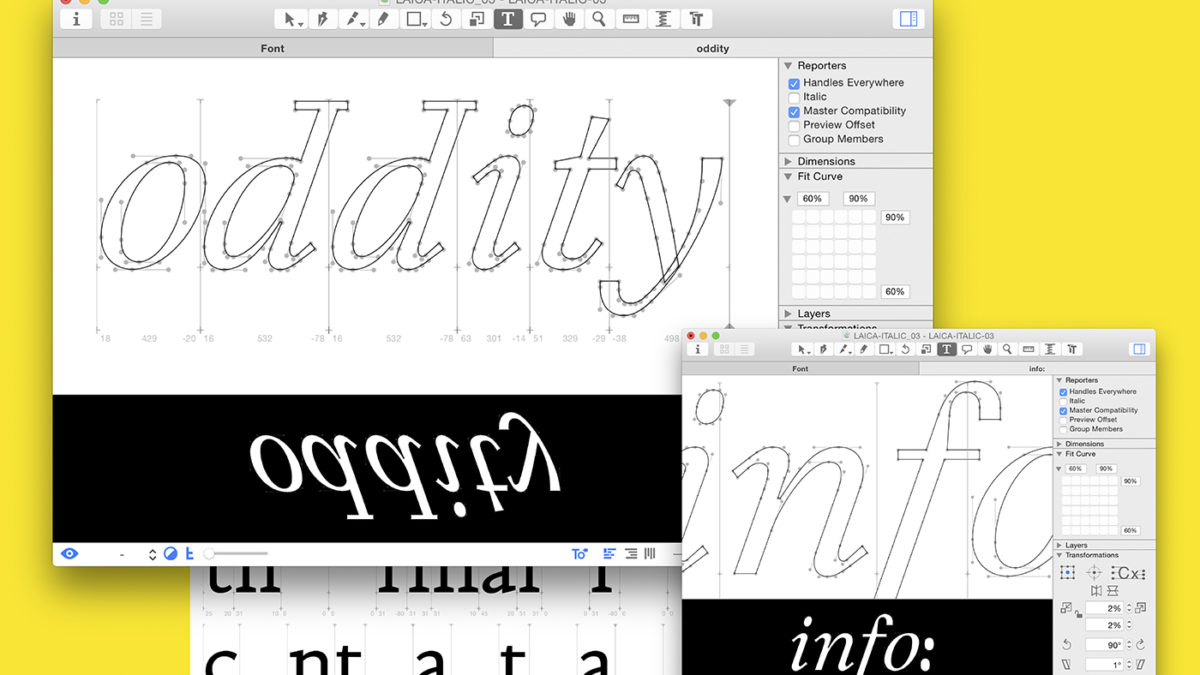
Laica
c
Do you want to see your project featured on WeVux?
Feel free to send us an email at [email protected] to know more, or visit our website and click on “Send your project” at the bottom of the home page
